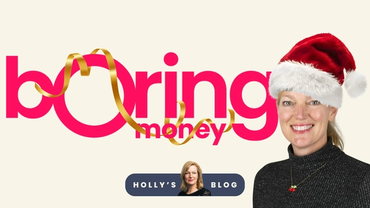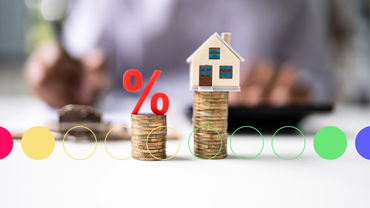Home • Product Guides • GIA
General Investment Accounts (GIAs): The Complete Guide for UK Investors
The basics of GIAs
A General Investment Account (GIA) is one of the simplest ways to invest in the stock market. Think of it as a flexible “catch-all” investment account - no contribution limits and no withdrawal restrictions, but no special tax perks either.
The crucial thing to understand about GIAs is, unlike a Stocks & Shares ISA or pension, a GIA does not shield you from tax. This means:
You may have to pay Capital Gains Tax (CGT) on profits above £3,000 (the 2025-26 allowance)
You may pay dividend tax on income above £500
Any interest earned (for example, from cash or money market funds) could count towards your savings allowance
Is a GIA right for me?
Top tips to make the most of your GIA
If you're considering setting up a GIA account - or even if you already have one - here are a few things you should know to make the most of it.
🏆 The golden rule of investing
The number one rule of investing applies to GIAs too: diversify, diversify, diversify! Diversification means spreading your investments across different assets, regions and sectors. Essentially, it's about not putting all your eggs in one basket. Say for example that European markets take a tumble, a diversified portfolio could help to offset your losses against other investments with less exposure to the crash. Ensuring your GIA invests in a range of products can therefore minimise risk.
🌱 Focus on growth
As GIAs don't give you any protection from the taxman, it's important to put your investments in the most tax-efficient places. Growth stocks - which focus on increasing in value over the long-term, rather than paying out dividends - work well in GIAs. This is because you can control when you buy and sell them to avoid triggering a CGT bill on your profit. Income-generating investments, such as bonds, can easily tip you over the threshold for dividend tax.
🔎 Monitor your investments
It's especially prudent to establish a regular review schedule, much like health check-ups, when investing with a GIA. A quarterly review can help you stay on top of things like rebalancing (making sure your portfolio is well-diversified and reflects your goals) and tax planning (identifying where you may be liable and need to file a self assessment return). Once a year, a deeper-dive annual review can be a good opportunity to reassess your overall strategy and make sure you're still on track to meet your goals.
Get comfortable with tax planning
Finally, investing with a GIA requires careful tax planning and management. You need to get clued-up on CGT and understand what's required if you need to report your taxable earnings to HMRC. Here's a run-down of the most important taxes to be aware of:
As always when it comes to tax, it's better to be safe than sorry. If you're unsure whether you need to pay it or how much you're liable for, seek help from a qualified financial adviser. They can assess your portfolio, identify if you've exceeded any allowances, and guide you through the self-reporting process. Plus, they can also advise you on how to invest tax-efficiently to help you keep as much of your money in your pocket.



